Why visit Croatia?
If your Mediterranean fantasies feature pleasant days by sapphire waters in the shade of ancient walled towns, Croatia is the place to turn them into reality. Poised between the Balkans and Central Europe, this land has been passed between competing kingdoms, empires and republics for millennia. Excellent museums’ treasures from most key stages of Europe’s history, telling a story that is in equal parts fascinating and horrifying. It's little wonder that sharing food and drink plays such a big part in the culture here, when the country is blessed with such top-notch ingredients from the land and sea. Meanwhile Croatian wines and olive oils are making their mark on the world stage, garnering top awards.
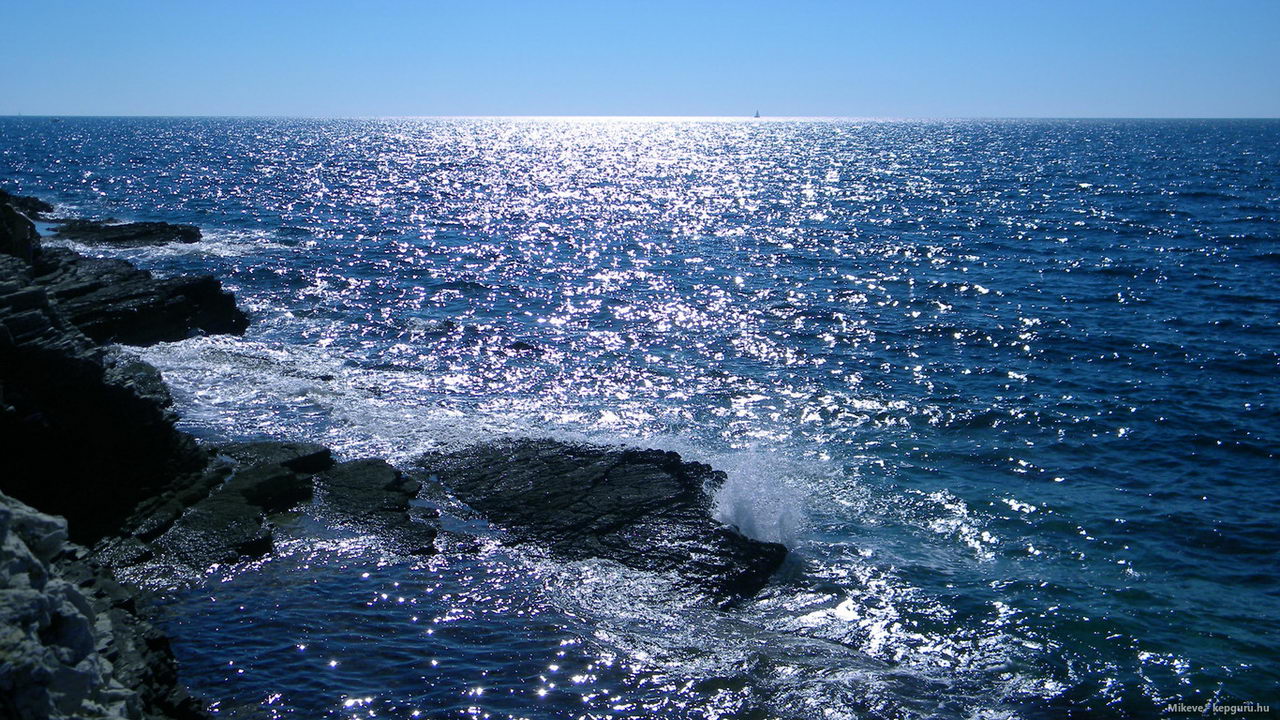
What does Croatia bring in mind?
The Plitvice Lakes
The Plitvice Lakes are considered to be one of the most beautiful natural destinations in Europe. Due to its natural beauty and significance, this system of 16 interlinked lakes and a large forest complex around it were set aside as a national park in 1949. The beautiful Plitvice Lakes are famous for their unique colors, including azure, green, blue, and gray. The area around the lakes is home to an extremely wide variety of animal and bird species. Rare fauna such as the European brown bear, wolf, eagle, owl, and lynx can be found here, along with many more common species.
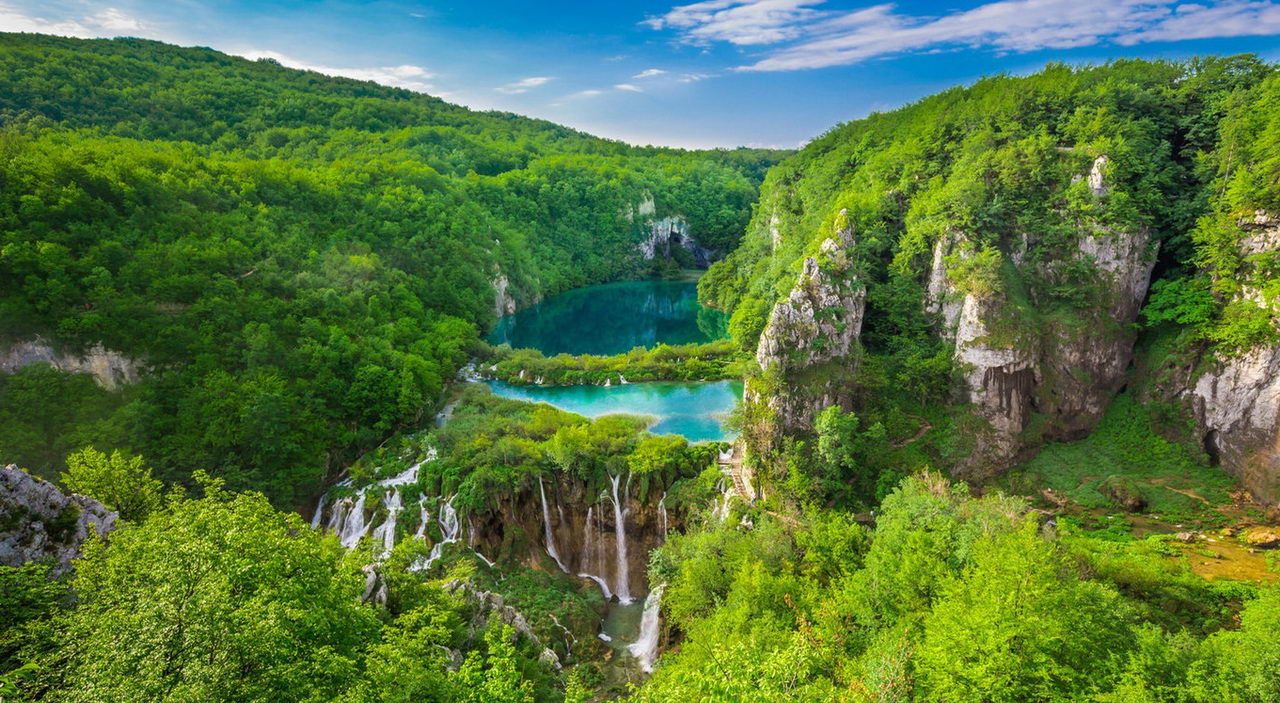
|
Diocletian’s Palace Diocletian’s Palace in Split was built by the Roman emperor Diocletian in preparation for his retirement. He lived out his retirement in his palace tending to his vegetable gardens. After the Romans abandoned the site, the Palace remained empty for several centuries until it was open for visit. Today many restaurants and shops, and some homes, can still be found within the walls. |
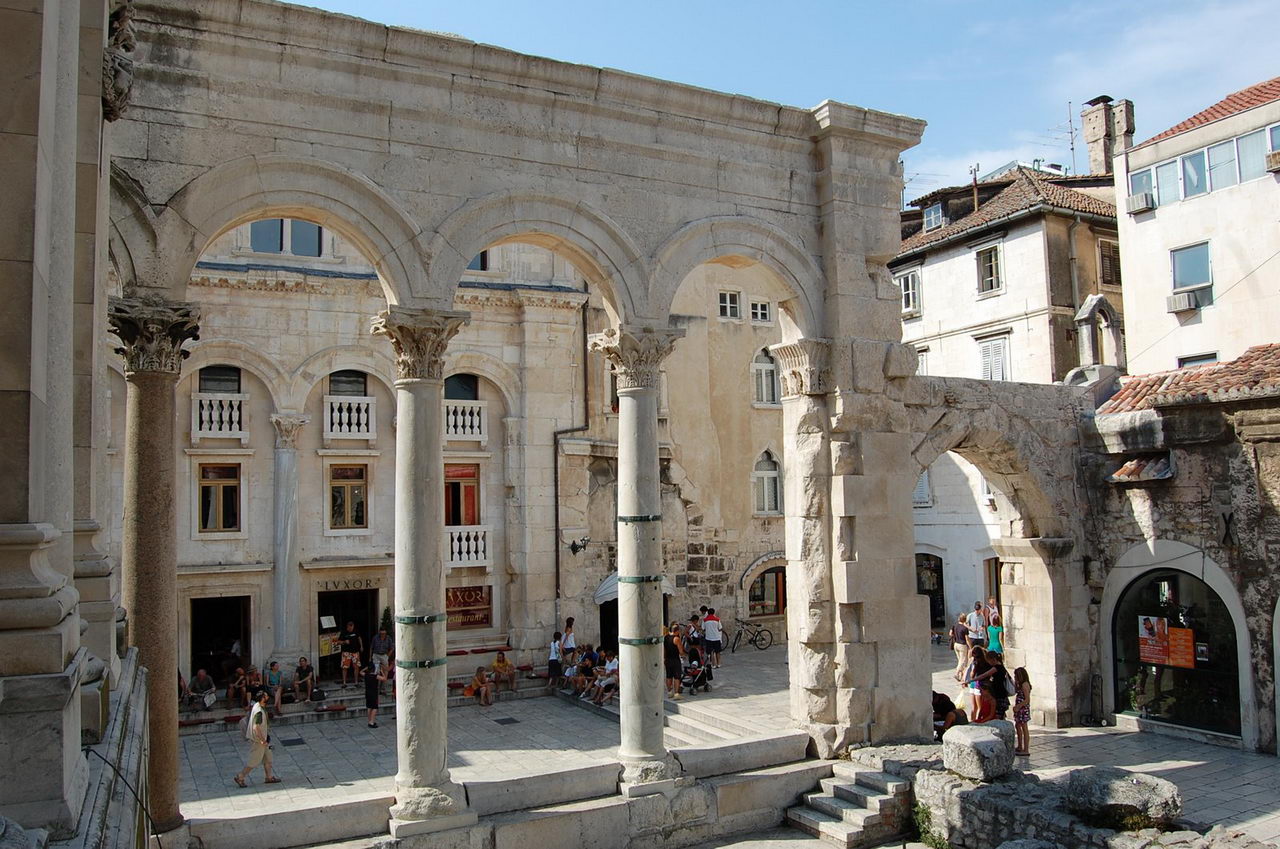 |
Island Hvar
Island Hvar and especially Hvar town is one of the most popular attractions in Croatia. Olive groves, fruit orchards, and lavender fields make up a large part of the agricultural landscape. Hvar town, set in a picturesque natural bay, with the Pakleni island chain protecting it to the south, is a popular port for yachts sailing around the Adriatic, especially in the summer months. Starigrad, the oldest village on the island, and Jelsa, as well as a smattering of small villages, dotting the coast or nestled in the lush interior are also well worth a visit.

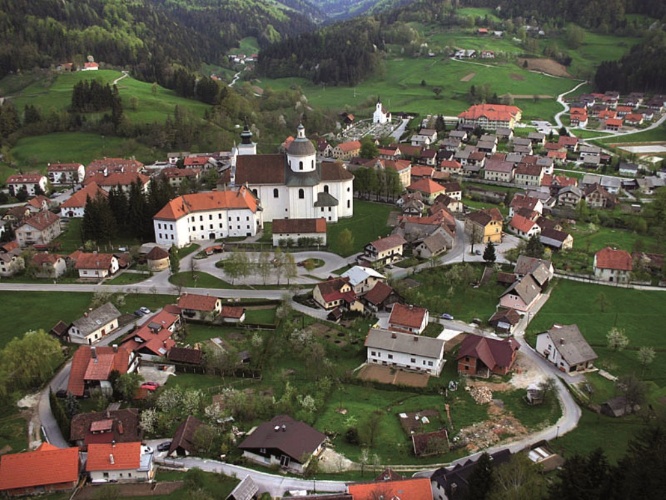 |
Gornji Grad The medieval core of Zagreb and translates as Upper Town. It developed as two separate towns, Kaptol, the seat of the Bishop, and Gradec, the free town where tradesmen and artisans lived. The towns merged in the 1770s to form the northern section of historic Zagreb. The focal point of Gornji Grad is the square around St. Mark’s Church, the parish church of Old Zagreb. |
|
Euphrasian Basilica The 6th century Euphrasian Basilica is the top attraction of Poreč, a 2000 year old town in Istria. It is one of the best examples of early Byzantine architecture in the Mediterranean region and, for the most part, has retained its original shape, though accidents, fires and earthquakes have altered a few details. |
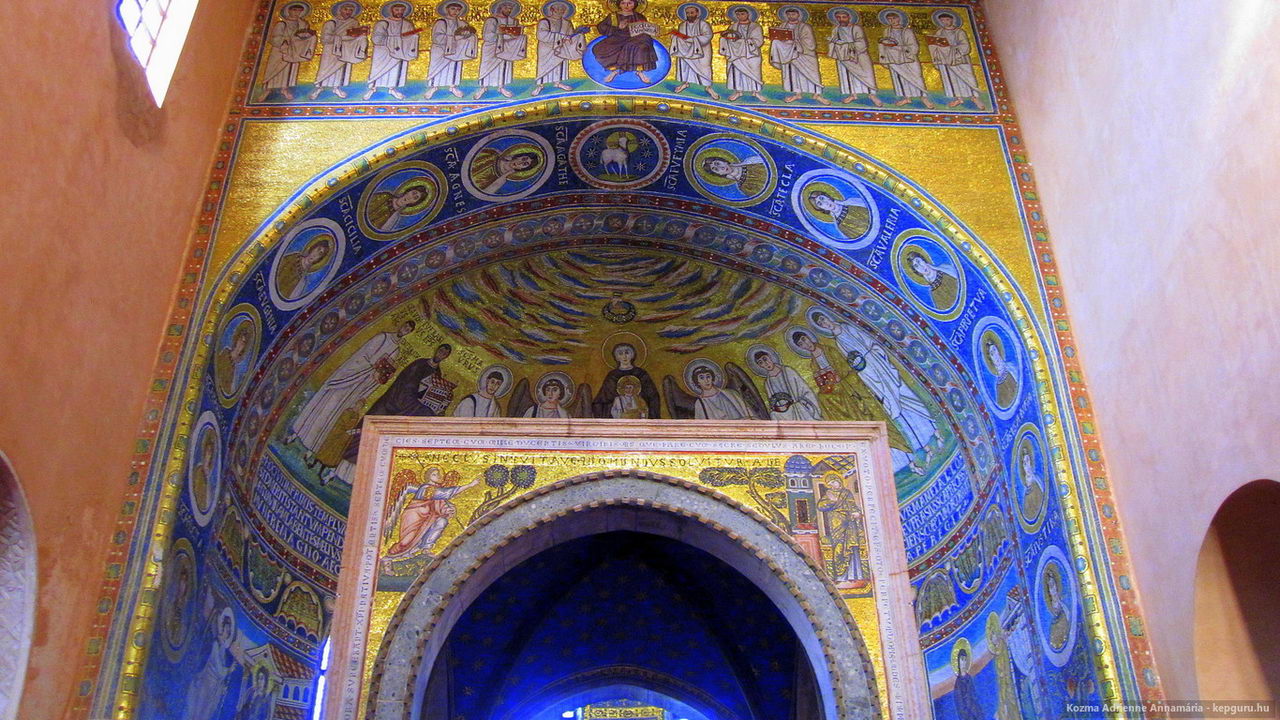 |
Mljet
The island of Mljet is one of the largest islands off the coast of Southern Croatia. With 72% of the island covered by forests and the rest dotted by fields, vineyards and small villages, Mljet is a perfect place to relax. The island contains two salt lakes, Veliko and Malo Jezero that are located at the western end of the island.
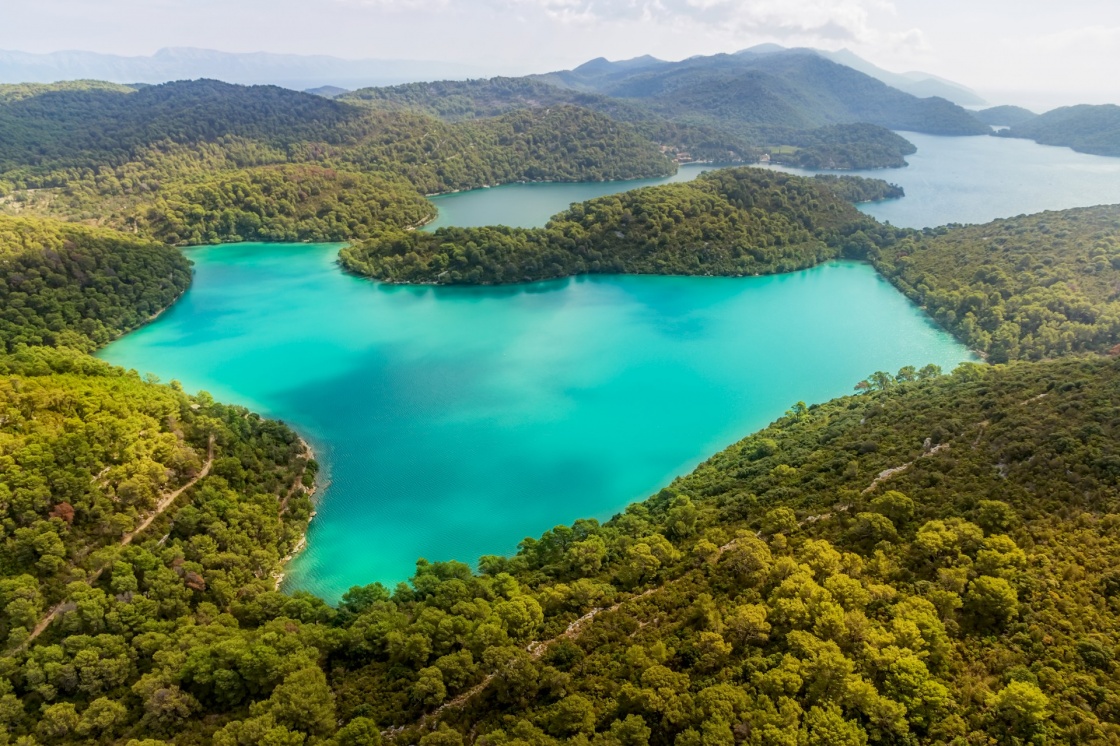
 |
Pula Arena The amphitheater in Pula is the 6th largest surviving Roman arena and one of the best preserved Roman monuments in Croatia. The Pula Arena was built around the 1st century AD and could seat over 26,000 spectators. Today it is a popular Croatia attraction and used to host a variety of festivals and performances during the summer months. |
Korcula
The 6th largest Croatian island, Korcula is separated from the mainland by a narrow passage. The island’s capital is also called Korcula. Nicknamed “Little Dubrovnik”, this ancient city is among the most beautiful towns on the Croatian coast and is known for its unique architecture. One of the main attractions is the alleged house of birth of Marco Polo. The biggest and the most beautiful building of Korcula is the Cathedral of St. Marco.
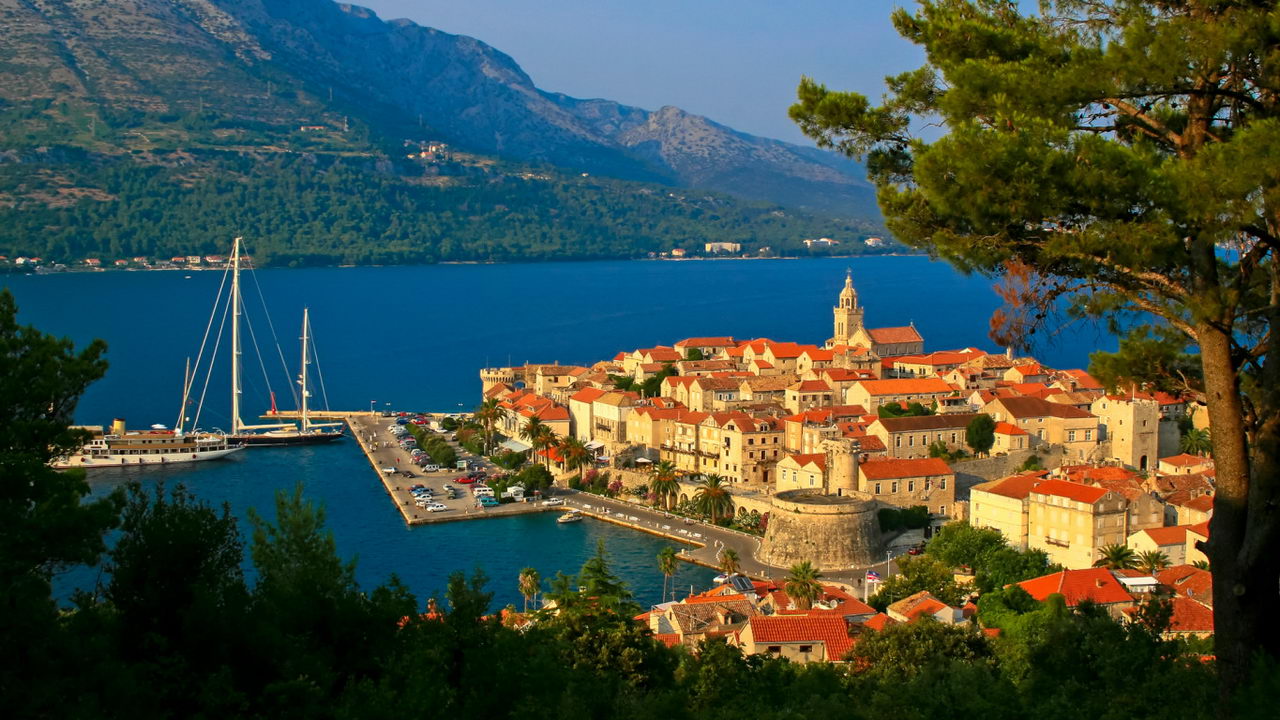
|
Rovinj Rovinj is one of the most charming towns in the Mediterranean. With its pastel-colored houses clustered together on sheer winding streets it is a great place to wonder around. Rovinj is still an active fishing port and visitors can take a boat to the lovely offshore islands. The area around Rovinj has been described as an “outstanding scenic wonder” because of the pristine beauty of the concave coastline and its forests. |
 |
Things NOT to miss in Croatia
-
Sunset in Zadar
-
Walking Dubrovnik’s walls
-
Plitvice Lakes National Park
-
Walking the Premužic Trail
-
Rovinj (Riviera-town chic bumps with fishing-port charm in the most Italianate of Istria’s coastal resorts)
-
Varaždin (A postcard-perfect Baroque town, complete with luxurious squares, collapsing palaces and a unique garden cemetery)
-
The Elaphite Islands (These easy-to-explore, largely car-free islands offer great hiking, sandy beaches and plenty of peace and quiet)
-
Pula Amphitheatre (Imperial Rome’s greatest gift to the eastern Adriatic, this awesome arena still serves as the venue for summertime)
-
Sea Kayaking (The Dalmatian coast is often best enjoyed from the water, and what better way to see it than by taking a leisurely paddle)
-
Pelješac Peninsula (Explore rocky mountain scenery, quiet coves and unspoiled seaside villages in a region renowned for its robust red wines and fantastic seafood)
-
Museum of Contemporary Art, Zagreb (Always a source of cutting-edge culture, Zagreb has burst confidently onto the European arts map with this exciting new building)
-
Stari Grad (Stone houses and Renaissance palaces help make this as restful a spot as you will find on the Dalmatian coast)
-
Hvar the Town (The swankiest resort on the Adriatic is full of temptations, whether you are a culture predator, Mediterranean foodie or cocktail-bar cruiser)
-
Hvar the Island (Beautifully unspoiled and pitted with a wealth of bays and coves, the island of Hvar still has what it takes to enchant the seclusion-seeker)
-
Skradinski buk (Head for Krka National Park to admire this stunning series of waterfalls. Don’t forget to take your bathing costume)
-
Diocletian’s Palace, Split (Taken over by the townsfolk centuries ago, the Roman Emperor’s pied-à-terre now forms the chaotic heart of the modern city)
-
Trsteno (Relax in Renaissance gardens in this beautiful coastal village just north of Dubrovnik)
Best cities of Croatia
Zagreb
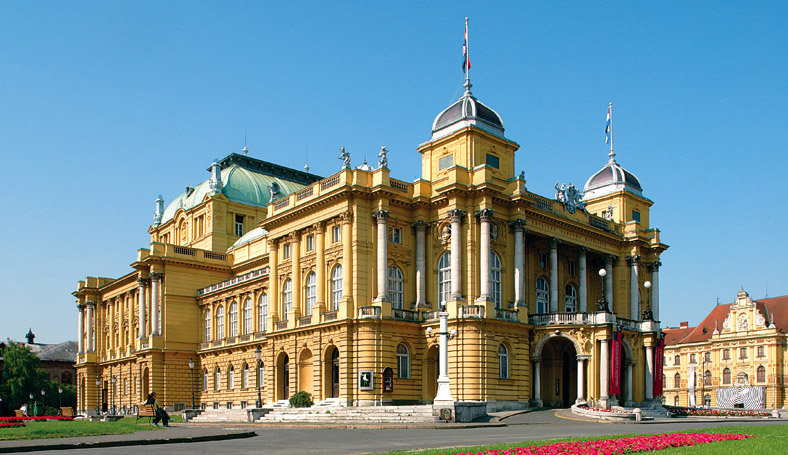
Capital of Croatia, it lies on the crossroads of important routes between the Adriatic coast and Central Europe. The city has its own airport Pleso. Zagreb as a city has Baroque ambience of the Gornji Grad, charming markets, various shopping facilities, as well as choice of various small and larger restaurants and hotels. Zagreb still keeps its charm, and an atmosphere that makes it a unique city. Zagreb has rich historical and cultural heritage that has roots in Central European urban culture, enriched by Mediterranean and Balkan traditions. Its numerous neoclassical buildings, spacious boulevards and squares remind one of Vienna.
Split
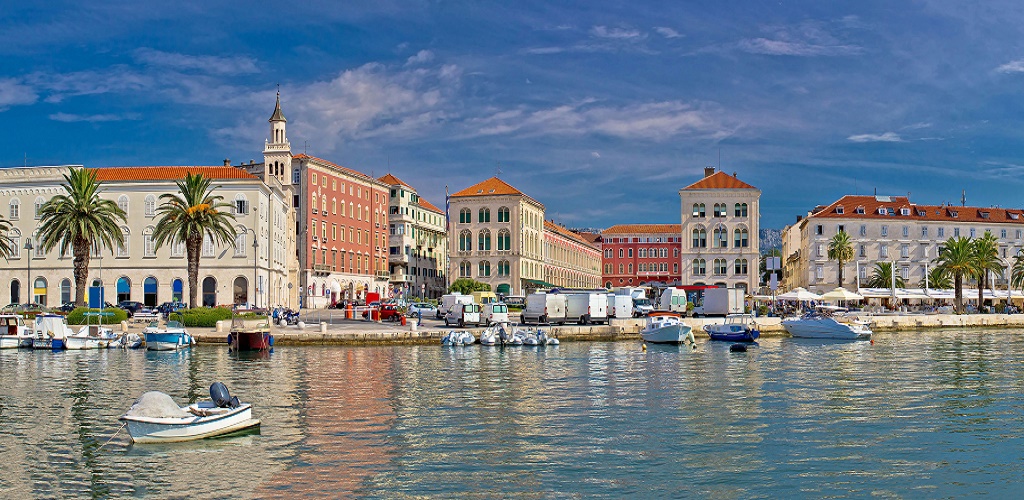
The main city in Dalmatia, it is one of the largest cites in Croatia, and the largest city on the Croatia Adriatic coast. The city was first settled when, at the end of the 3 rd century AD, the Roman Emperor Diocletian built his palace on the site of today’s Split. Diocletian’s Palace is well preserved Roman palace located now in the very heart of Split. Many of its historical and cultural monuments are located within the walls of Diocletian’s Palace.
Dubrovnik
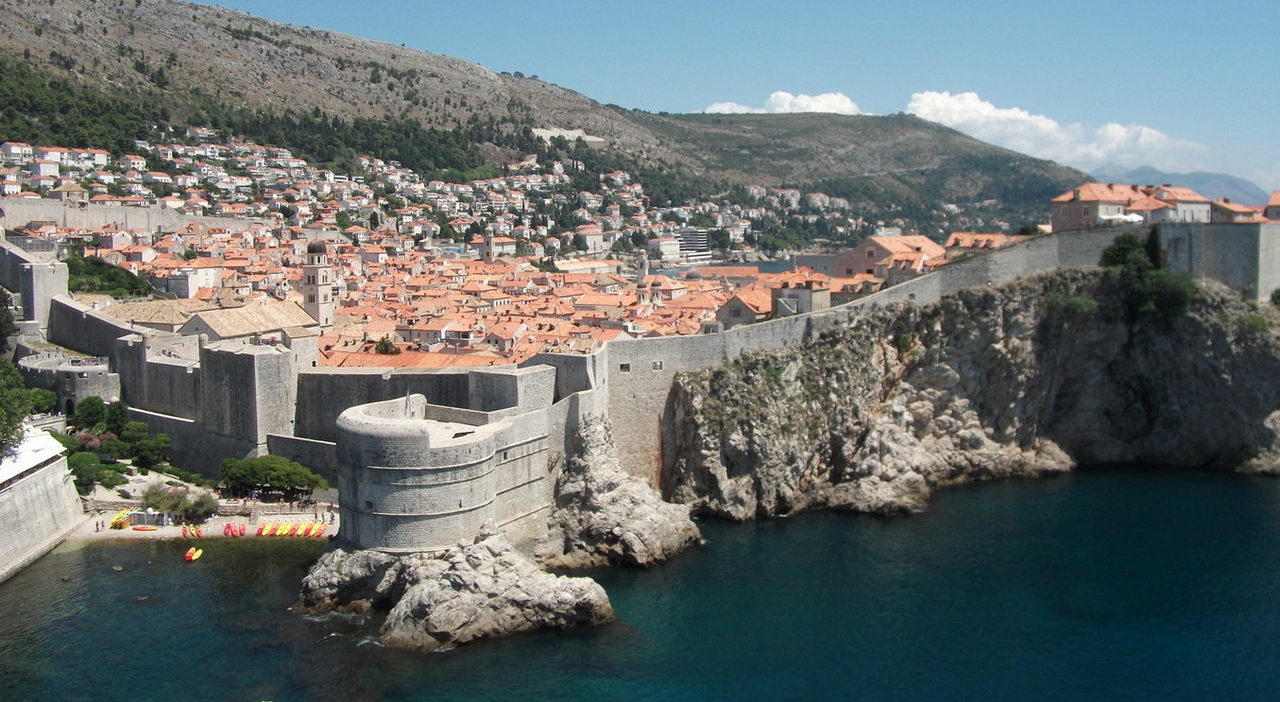
A city, rich with culture and history, that made it listed in UNESCO World Heritage List. Dubrovnik old city was built in the 13th century and remains almost untouched to the present day. There are two main portals to the old town, Pile and Ploce, both leading to the Stradun, the Dubrovnik’s main boulevard. Tall walls surround Dubrovnik Old Town. Many visitors enjoy people-watching whilst sipping coffee in one of the numerous cozy cafes on the Stradun.
Dubrovnik has a rich cultural life that includes Dubrovnik theatre, several cinemas as well as Dubrovnik Film Festival and Dubrovnik Summer Festival, held every year in July and August.
Rijeka

A major Croatian port located in the very heart of Kvarner Gulf, the town is a crossroads of land and sea routes connected with the rest of the world by air, bus, train and ship lines. It has a great architecture in the old parts of the city, as well as some very interesting places to go (such as Rijeka Natural History Museum). If you are in Rijeka, trying probably to get ferry to sail along Croatian coast, take some time to discover this city. You will be surprised how much is to see here.
Beach holidays
Culture packages
Entering this website you automatically agree the following terms and conditions even if You are not a registered user of the site. Images shown on the website, country and travel specifications, as well as the webdesignes are subject to copyright protection, Elegant Enterprises are All rights reserved. Prohibited the website all or partial copy, store, use, distribution and sale, without the written consent of the copyright owner of this website (Elegant Enterprises)